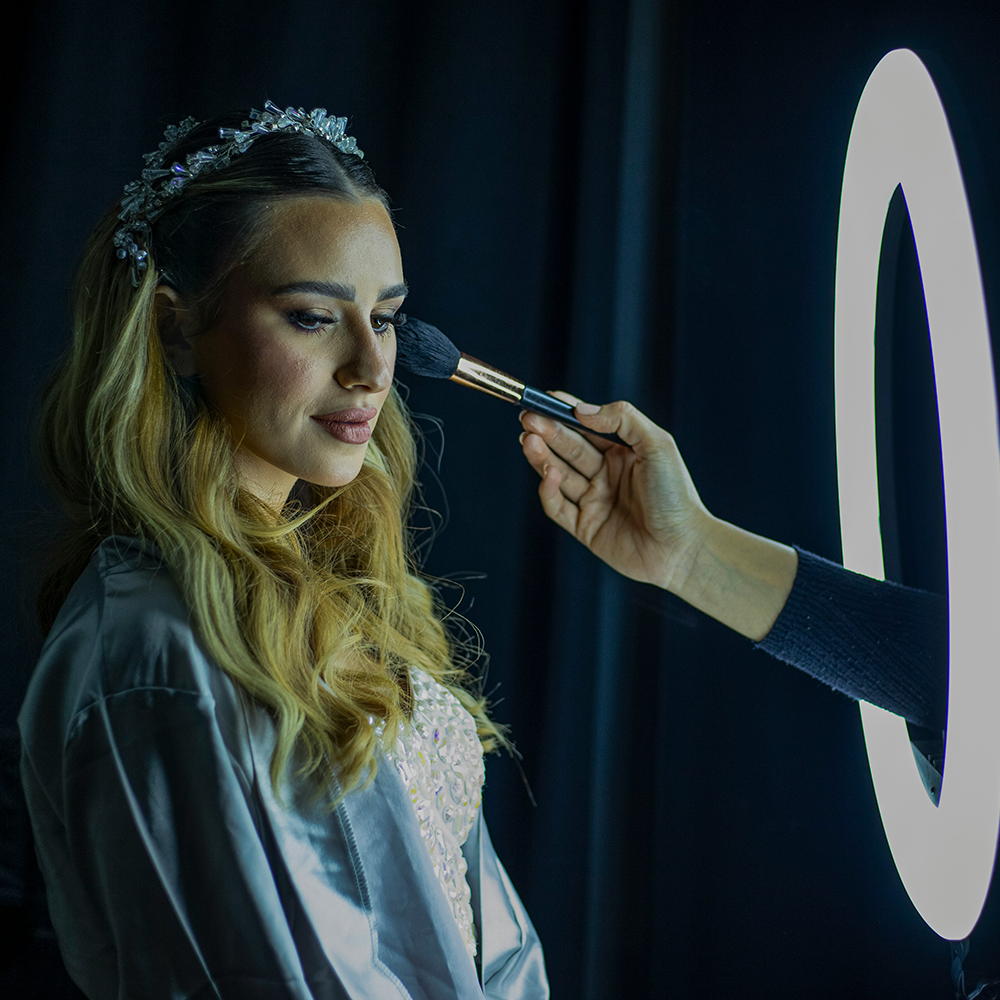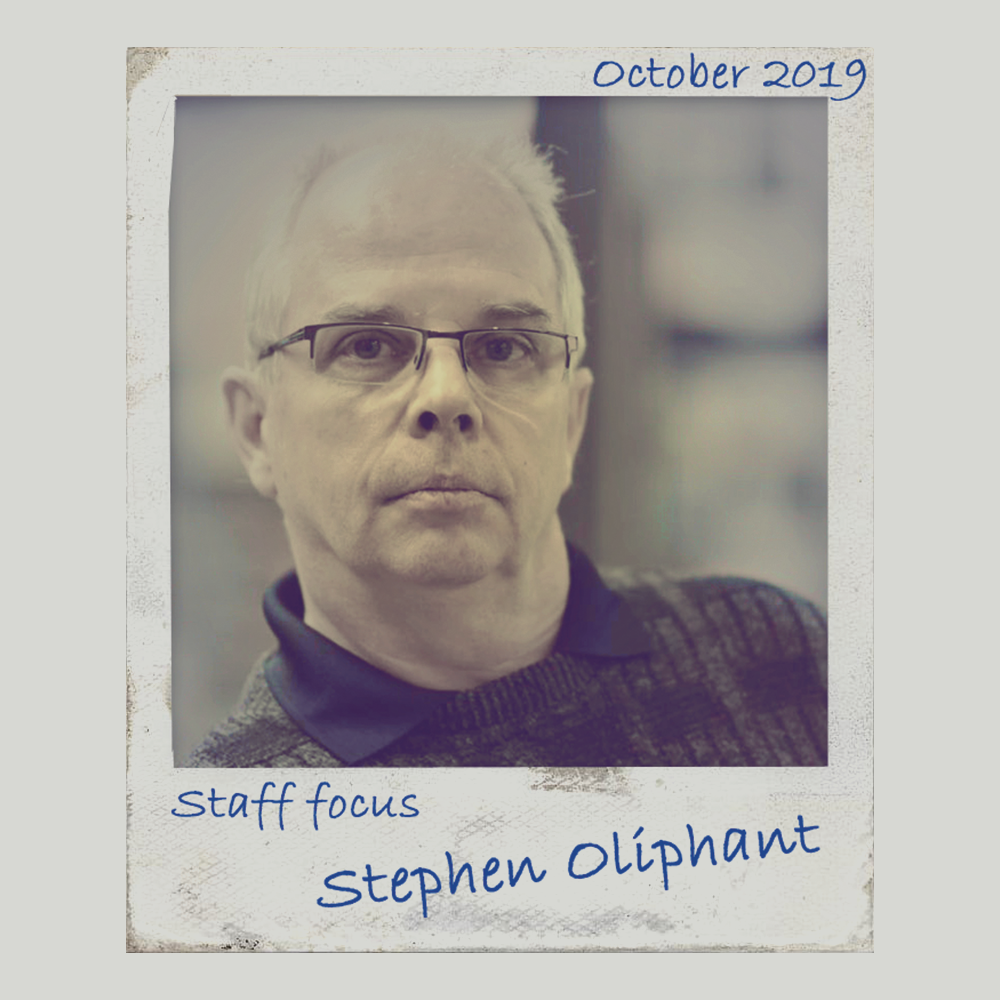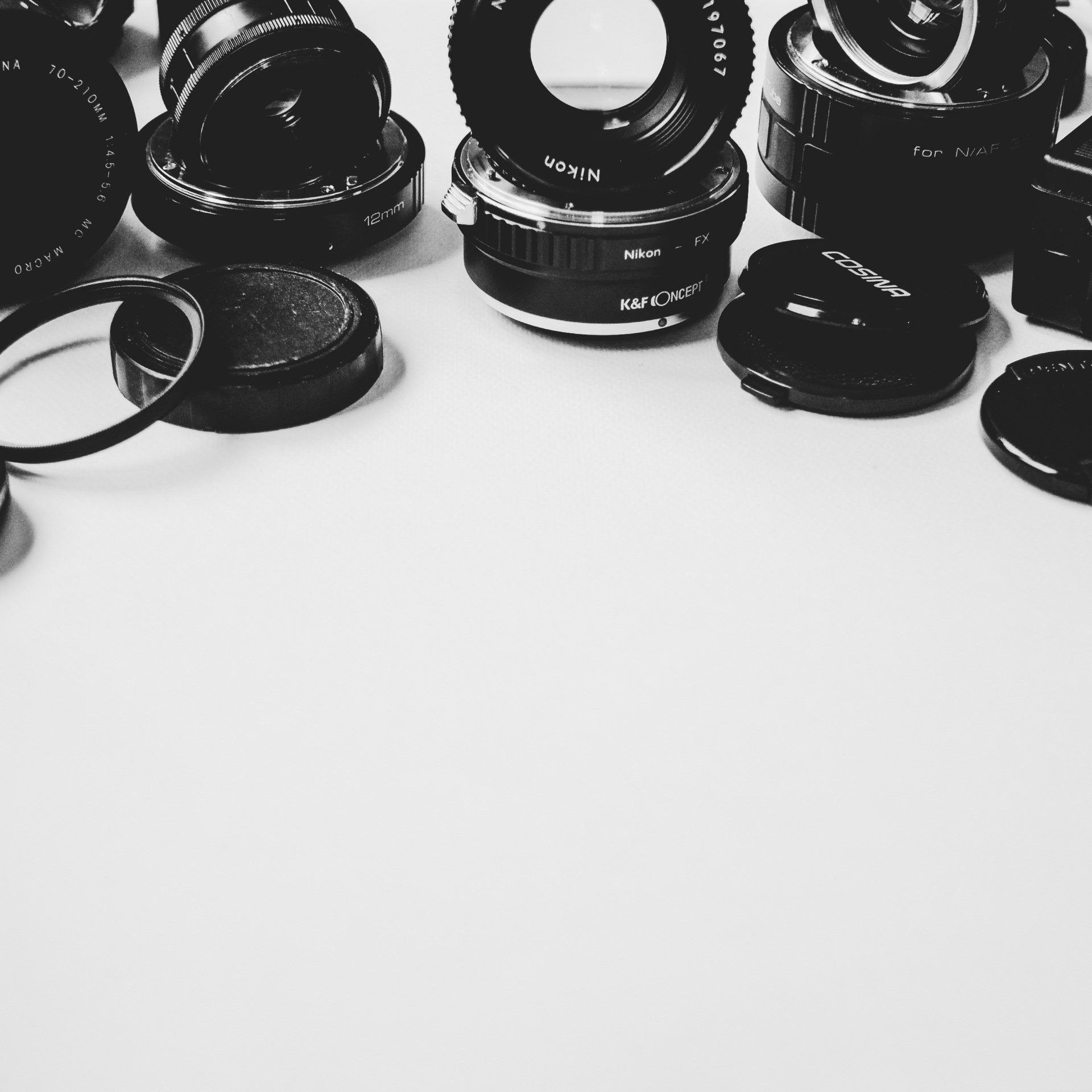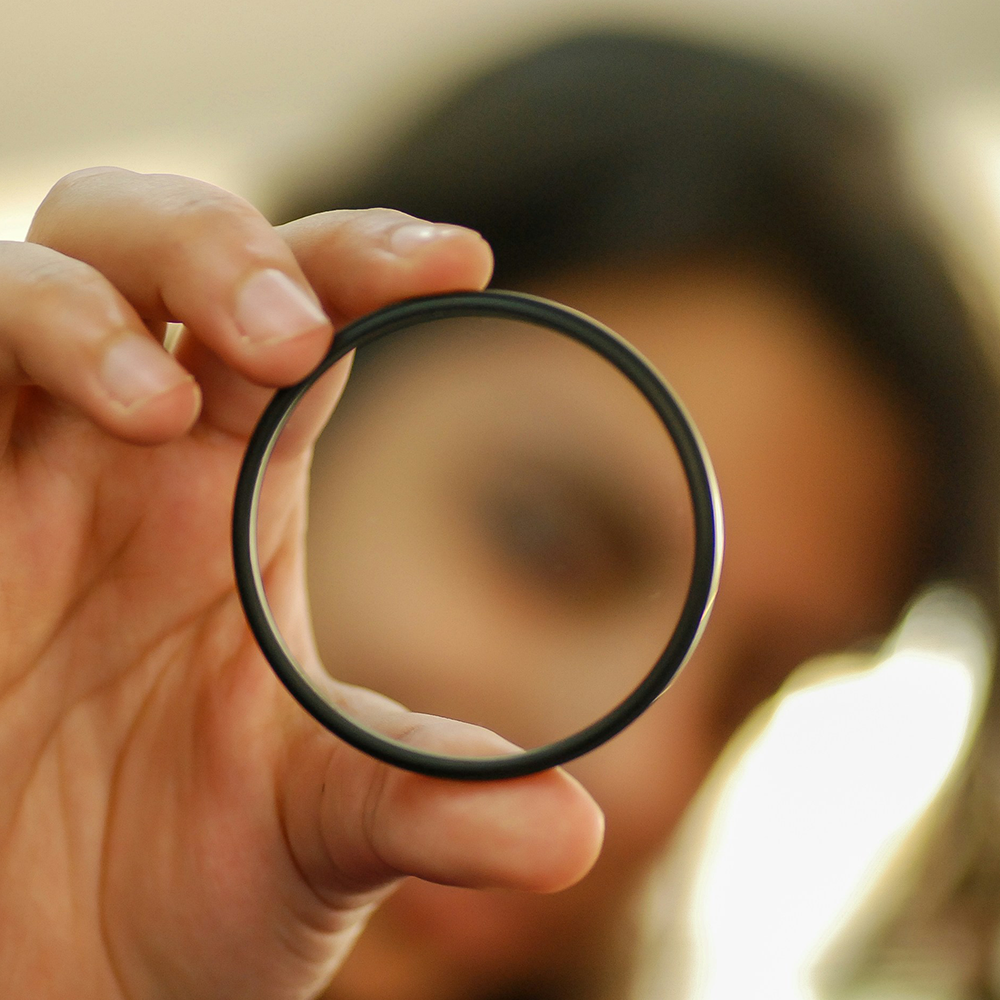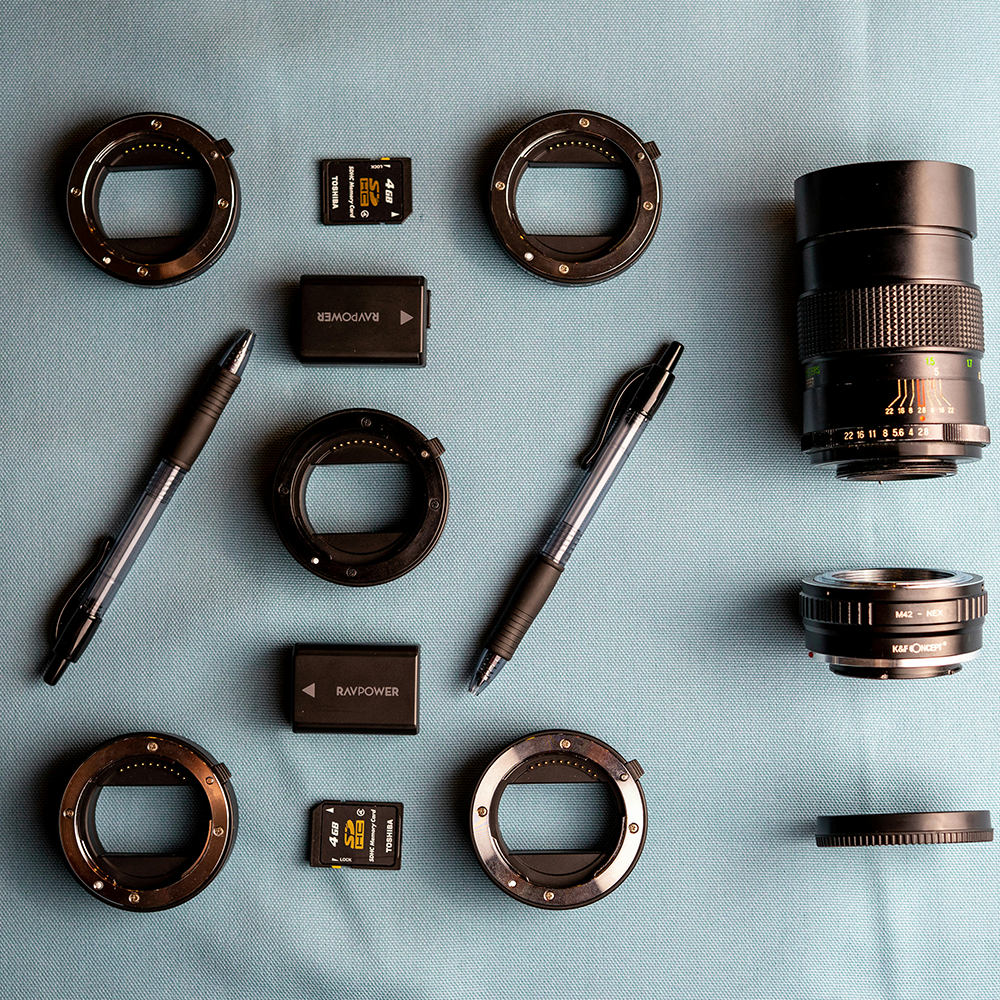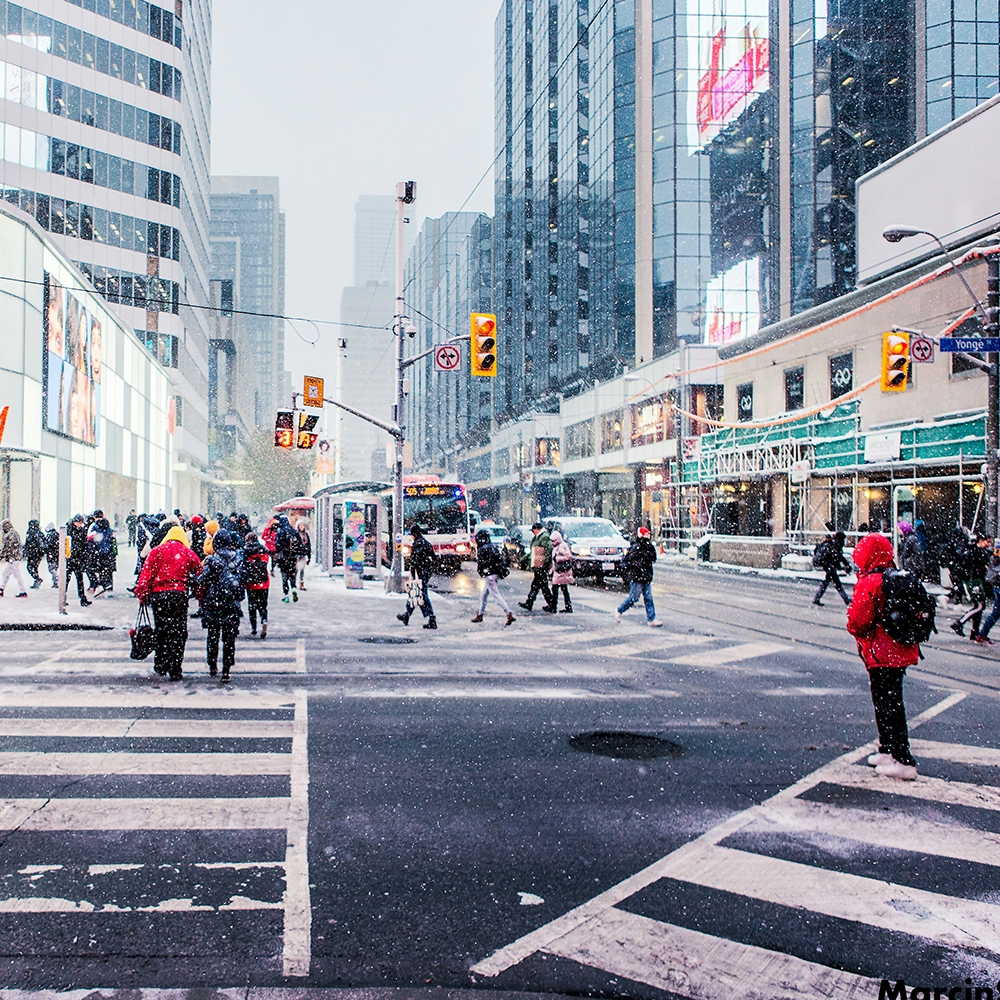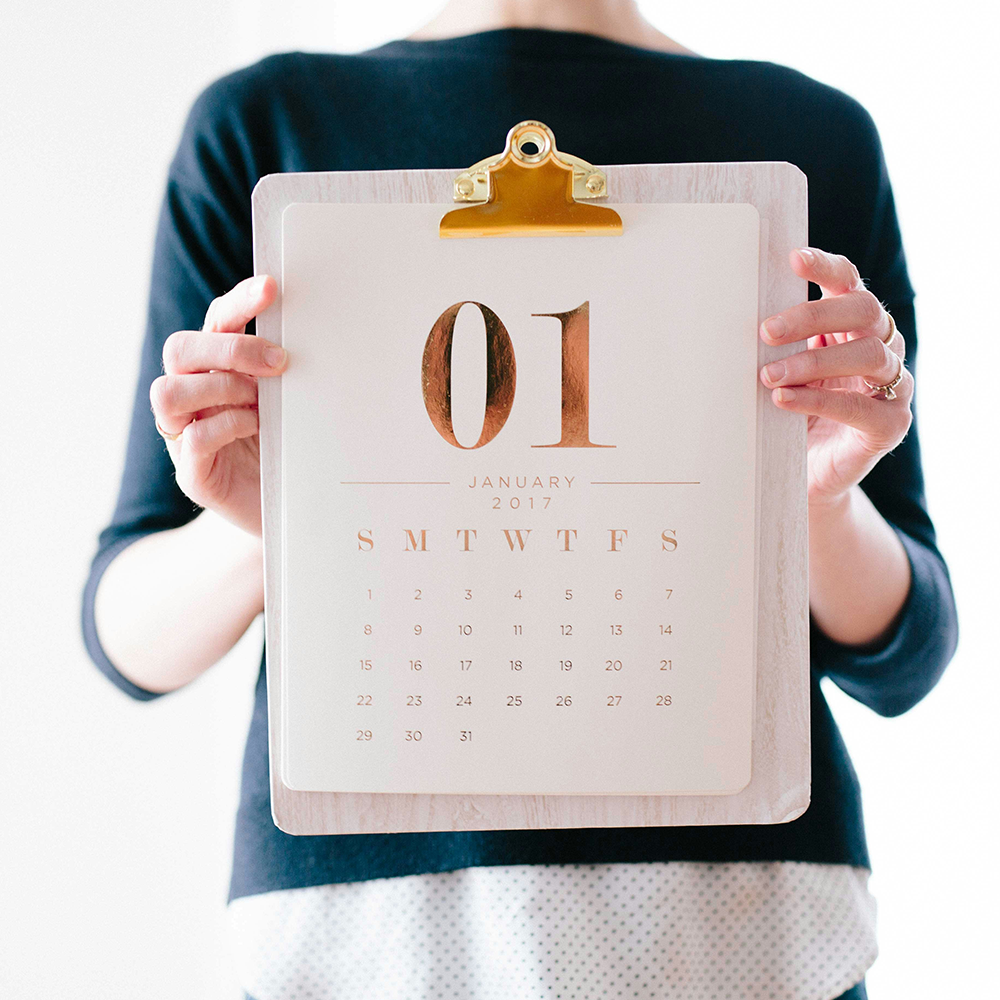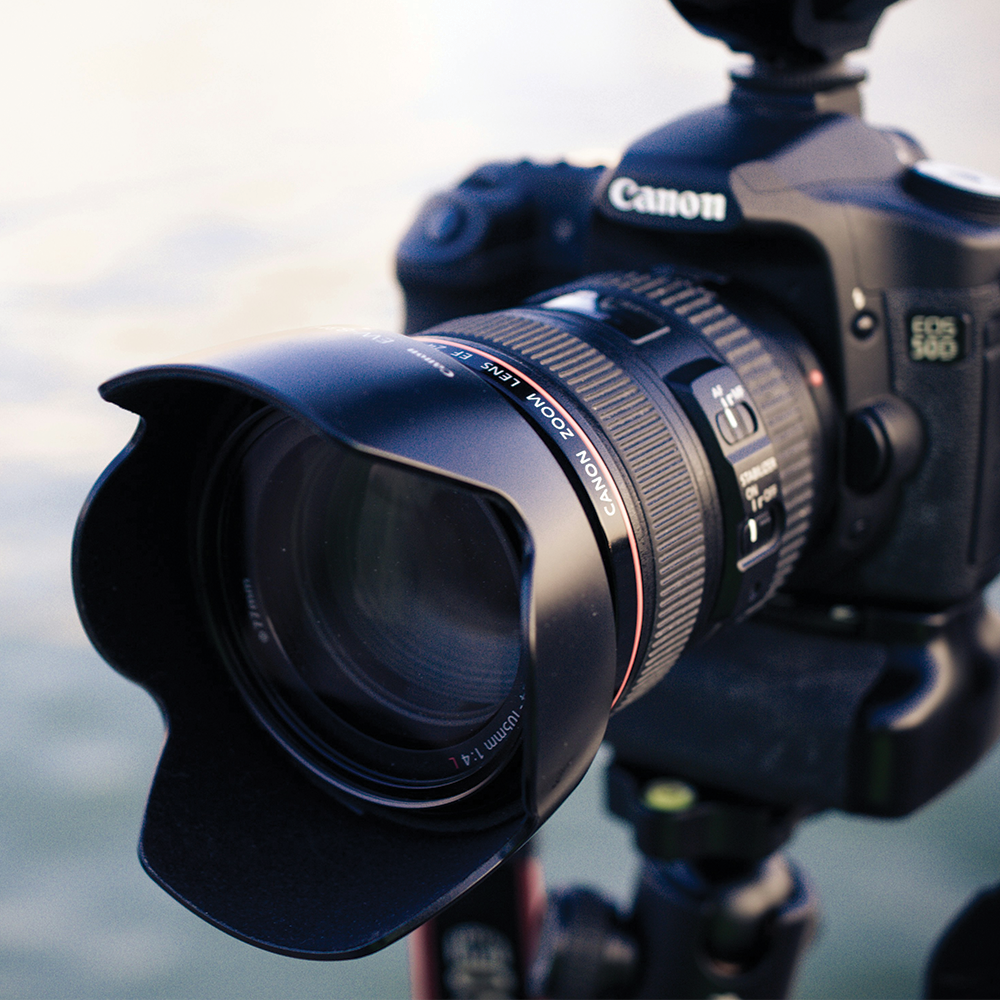What the f is aperture?
What the f is aperture?

Aperture is an opening, usually circular, that limits the quantity of light that can enter an optical instrument.
In photography aperture can be controlled to a certain degree with the aperture ring on the lens, and adjusted to predetermined "stopping" points.
Often when we buy a lens it will have a maximum aperture shown next to the lens's cross focal length (50mm f1.8)

The aperture size is controlled by the diaphragm or aperture blades via the aperture ring on lens or the aperture function in camera, the position of those blades is correlative to the aperture setting. A more closed diaphragm equals a higher "f" number (f22) which means less light travelling through the lens. A more open diaphragm equals a lower "f" number (f1.8). Oddly enough the smaller number is referred to as being a "maximum" aperture. The term is descriptively incorrect but commonly used all the same.
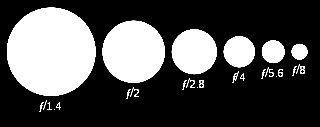
To be precise it should be called the "Maximum allowed light" but that's just a bit too much so people commonly refer to it as maximum aperture meaning the most light the lens can bring in. The reverse is also true too, the "minimum" aperture is the largest number (f22) or minimum amount of light coming through the lens's diaphragm based on the most closed together the aperture blades (diaphragm) can be.
I won't go into how that number is defined (because I hate math) but for those who want to find out how the numbers are derived then please visit:
https://en.wikipedia.org/wiki/F-number
To keep things simple, each stop number is on average half the amount of light moving through the lens. So for arguments sake lets say if f1.8 is equal to 100% of the light then the next full stop (f2.8) [actual is f2.5] will be 50% of the light passing through the f1.8 set diaphragm. f3.5 will be a 50% of the light of f2.8 (75% less overall light) and f5 will be 50% of f3.5 (87.5% less overall light).

So why does lessening the available light help in photography? It helps with the focal depth of field, or how much is in focus before and after the main focused on subject.
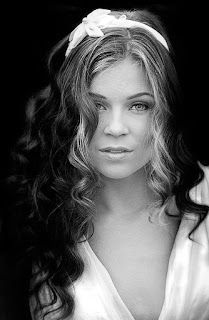
Again to keep things simple: the larger the f number is the more deeper the focus is. f22 will most likely make things in focus from front to back (infinity focus) whilst f1.8 may have just the face of a person in focus and everything in front and behind the person will be blurred.
Blur in the background is referred to as "Bokeh" (not always true - as this is also lens dependent) but is actually correctly named circles of confusion. This is the effect of out of focus light being recorded after passing through the lens. How much "Bokeh" and size of "Bokeh" depends on: the sensor size; length of exposure time; cross focal distance and shape of the apertures diaphragm, as well as shutter speed, sensitivity (ISO) distance of main subject from the lens, all play a part in the scenes "Bokeh".
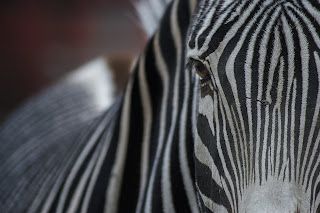
Narrow or small depths of field help to lend a subject "pop" and separates them from the background or surrounding scene as well as forcing the viewers towards the chosen subject. Also it can be exploited for a more creative style of art photography too.
Where wide open apertures have an advantage is in Portraiture and still-life photography, whilst a more closed aperture has an advantage in landscapes, macro and photojournalism, but there are no real "must-do's" in photography even though the above are common used settings in those areas of photography.
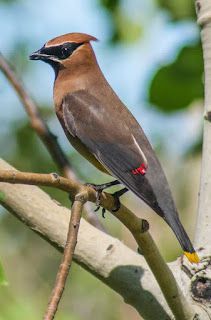
To recap: - smaller apertures (larger f numbers) more resolved detail as well as the main subject.
: - larger apertures (smaller f numbers) more defined subject and less defined scene.
Common questions in regards to aperture are:
1= Why don't aperture settings start at zero?
A= Zero aperture would be no lens at all on the camera.
2= Does my camera have an aperture?
A= Yes (the cameras' lens mount area), but it is larger than the cameras record-able surface (film or digital sensor) and so does not play any part in general lens aperture calculations.
3= Will my photos be better with a faster aperture (f1.2 etc) lens?
A= No, Lenses don't improve a photographer, they are tools that help a photographer render their vision of the subject scene. Faster apertures are there to improve low light performance and control over depth of field. Not all f1.2 lenses or wider aperture lenses are great lenses on the contrary, there are so many great lenses that are f1.4 or f1.8 or even as much as f2.8. Lens resolving quality is more about the type of glass and lens coatings than how open an aperture can be.
4= My lens starts at f8 can I have a narrow depth of field with that lens?
A= Yes for sure, but its not so straight forward to do. Some knowledge of the "exposure triangle" is needed and a good camera with low SNR (Signal to Noise Ratio) is needed as a start. Then there is available light, distance of subject from lens, the focal distance of the lens and the fastest available shutter speed at the correct exposure value all play a part in getting a narrow depth of field.
5= Is my sensor to small to achieve narrow depths of field?
A= No, though some online-personalities will tell you convincingly that you have to have a 35mm sensor regardless. It is not so much sensor size (though a larger sensor makes it easier) it is more about the technology behind the sensor as well as the photography technique used.
For example a Canon 5D mk III with a 50mm f1.8 will not out-perform an Olympus OM-D E-M1X with a 25mm f1.8 (50mm equivilant) though the Olympus has a sensor half the size of the Canon 5D, the tech inside the Olympus is much more superior to that of the above mentioned Canon and so will easily out perform it and render much better images especially when controlling depth of field. Saying that though if all cameras were of equal technology then yes a larger sensor will have a narrower depth of field than smaller ones because more light is entering the camera thus more control of depth and more dynamic range. But (again) there are always work-arounds if you have a good grasp of the exposure triangle.
6= I need a f1.2 lens for portraiture?
A= Oh God no. no and no again. The f1.2 lens offers such a narrow depth of field so in regular studio lighting an aperture of f1.2 is rendered somewhat useless. Most studios will set the lens aperture between f8-f11 depending on the type of photo they are doing. I have never seen a studio run a portrait shoot at f1.2 ever, but I have seen urbanists and creative art photographers use the f1.2 aperture and have rendered some amazing results. An f1.2 aperture lens can really help with a much better low light performance.
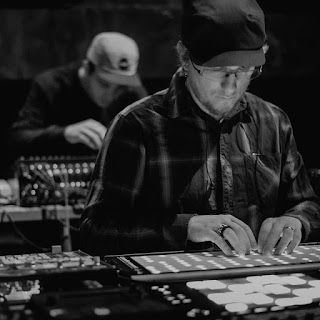
In photography there are basic art rules, and there are basic guidelines to get things done. Learn them, exploit and use them, then go and break those rules and guidelines to see what happens. The results can be amazing. Especially when playing with aperture. Have fun.
